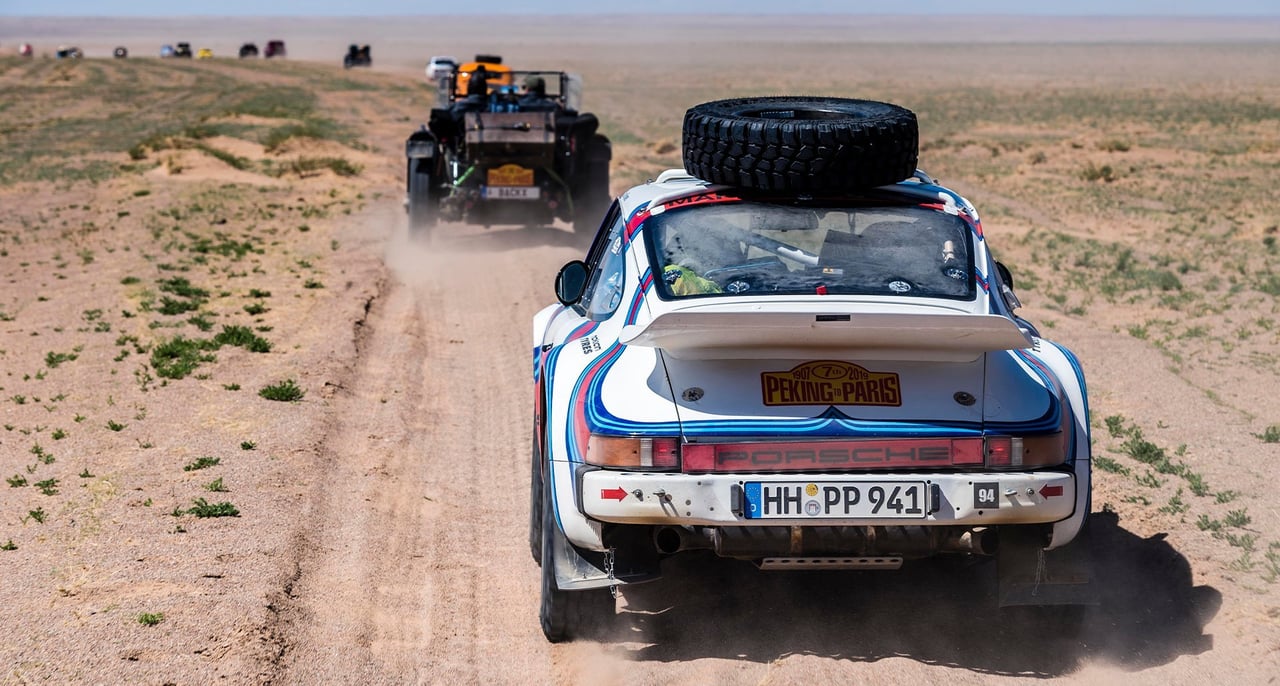
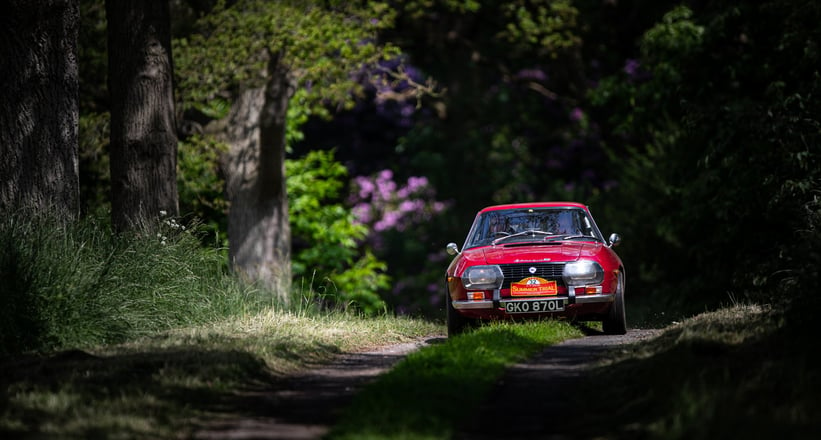
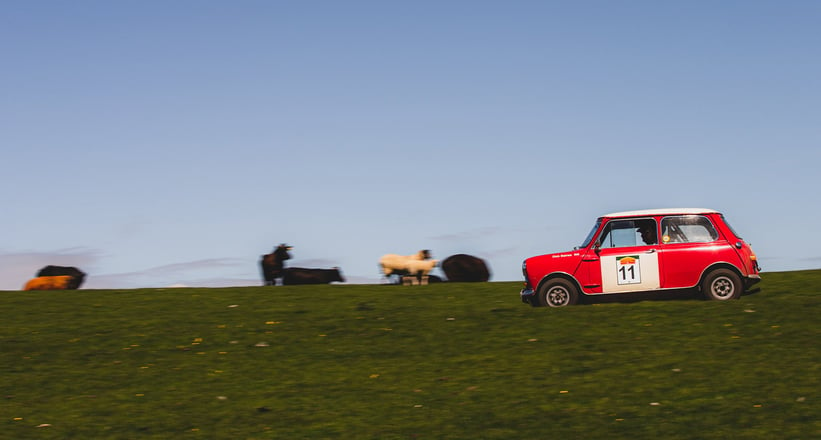
CD: Most people will already be familiar with special-stage rallying, where you navigate to the start and then do a special stage against the clock. Could you explain how regularity rallying differs?
TJ: “In regularity rallying, you navigate your way throughout the day without any technological aids, sticking to a set route and time limits. Within that, you might have four regularities, which are our equivalent of a special stage, but very different; they’re not about outright speed. Throughout each regularity, there’ll be different sections where your average speed will have to change. It’ll be 20mph, for example, in one part up to a certain point, then 22mph in another area. Now, that sounds very slow, as we’re on public roads and must obey speed limits, but we also use a lot of remote roads that are less busy where people can have a bit more fun.
“Along the regularity there are a number of different timing points. The navigator has to get the driver to arrive at the timing point at an ideal time set by the organisers, as if they had travelled at the set average speed for the entire distance. Organisers will put timing points at totally unexpected locations, and suddenly you’re at the base of a mountain with 25 hairpins, knowing there could be one in there somewhere. That’s when things get pretty challenging trying to keep to the average speed of 20mph whilst your navigator is shouting that you’re already 30 seconds down!
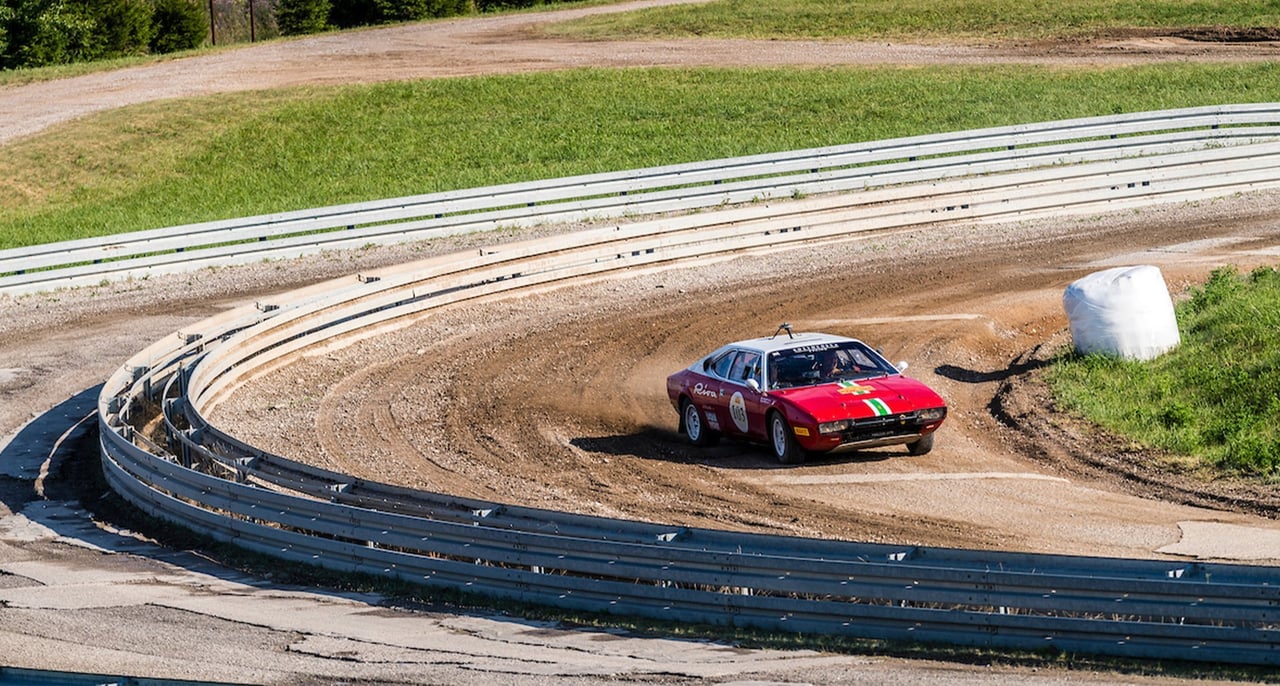
“The other aspect of regularity rallying is the tests. These take place on private land, which could be an estate or big farm. You have to do a set course as quickly as possible, which includes a series of manoeuvres. If you don’t go the right way or miss out the required manoeuvres, you receive a penalty. As an example, the RAC Rally of the Tests has a combination of regularities and tests, with more of the latter, which is great, because you get cars sliding everywhere, going for it against the clock, it’s fantastic!”
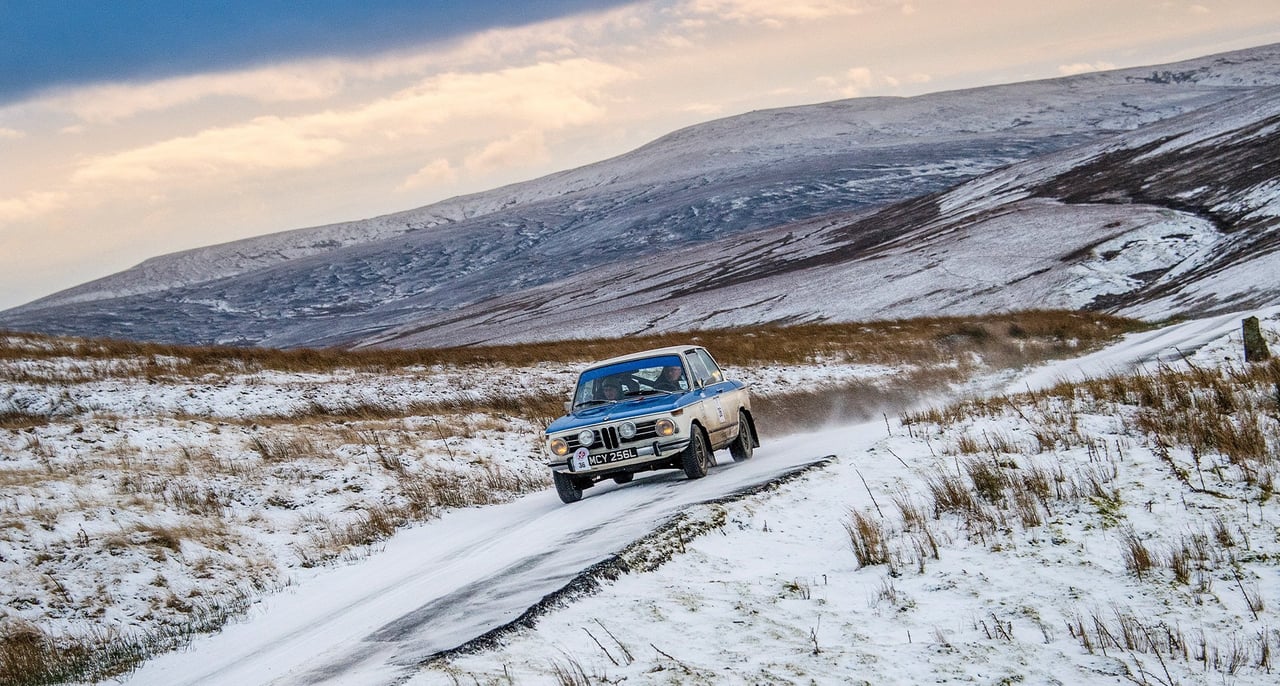
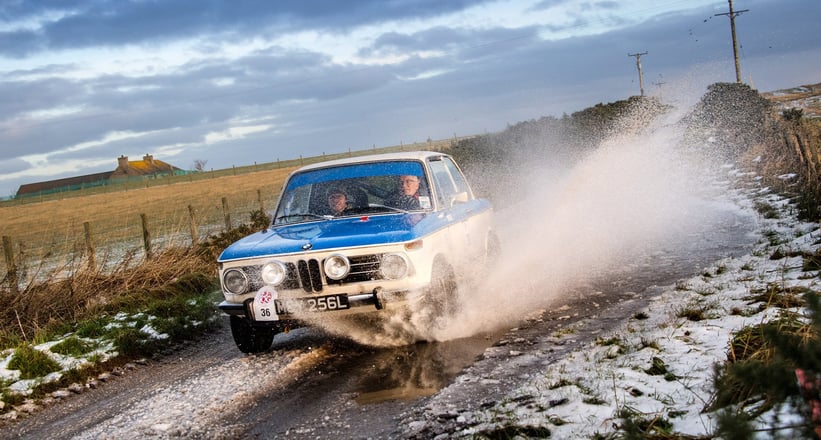
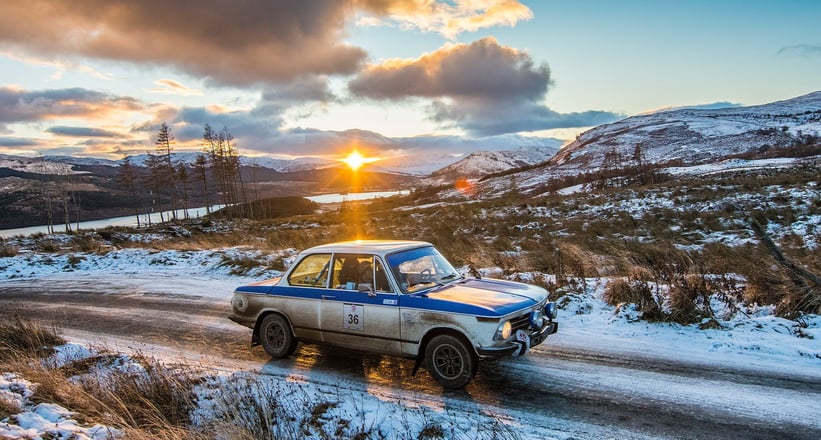
So, how did you manage as a first-timer?
“I’m giving you a pun here, but the ice and snow we experienced on the roads for three-quarters of the way was literally the icing on the cake. In the middle of the night, no-one is around and with snow falling as you slide around Welsh tracks in the middle of the hills, it makes for an incredibly memorable event.”
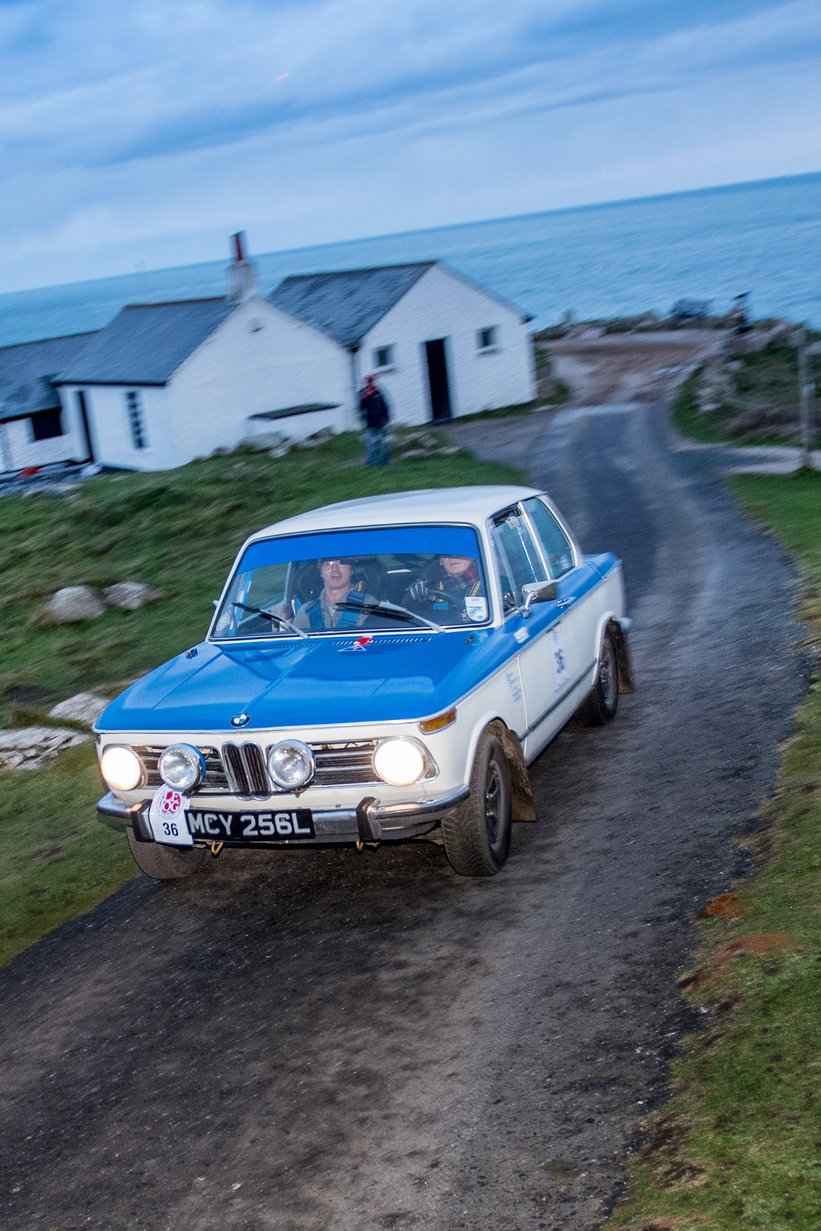
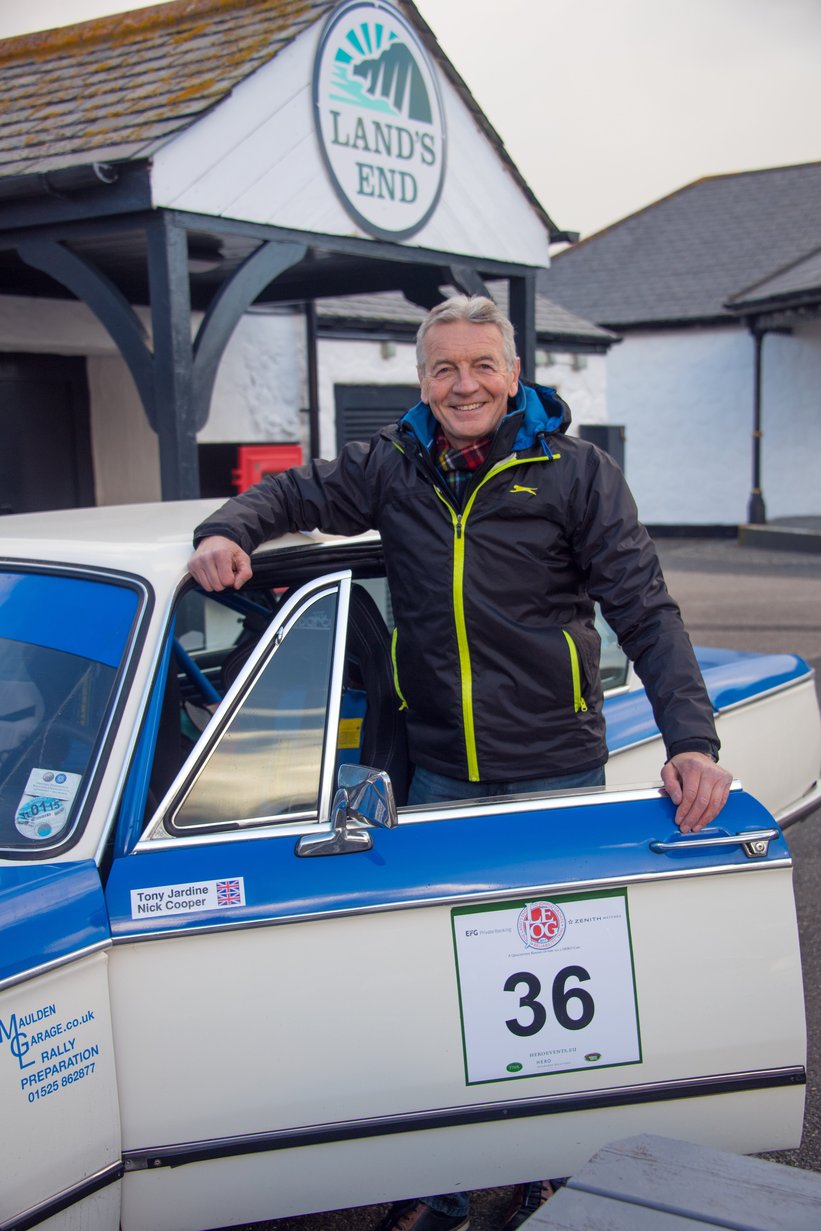
The pandemic has presented a huge challenge to companies that rely on travel. How has HERO-ERA overcome these obstacles?
“The key is being highly adaptable. 24 hours before the start of Per Ardua Ad Infinitum last December, the tier regulations changed and we had to re-route the event. The competition team put in a lot of work to make sure the events are safe and in line with government regulations, and as a result we’ve continued adapting and complying safely. We’ve already completed two safe 2021 events.”
It’s seriously impressive that HERO-ERA managed to keep going through the chaos of 2020...
“The long and short of it is we’ve adapted and are still adapting. As a result, HERO-ERA never stopped and remained very busy and engaged with customers throughout 2020, which has put us in a good position for 2021.”
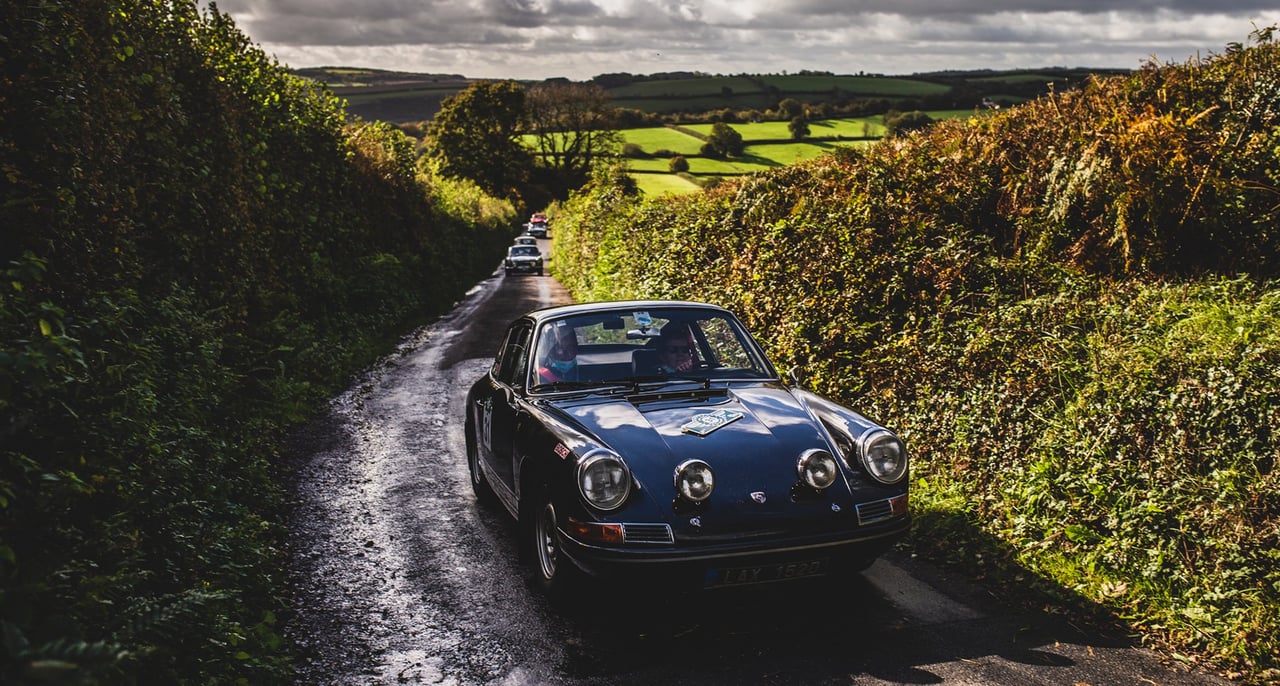
HERO-ERA have a packed calendar for 2021, with events taking place all over the globe. Which are you most looking forward to?
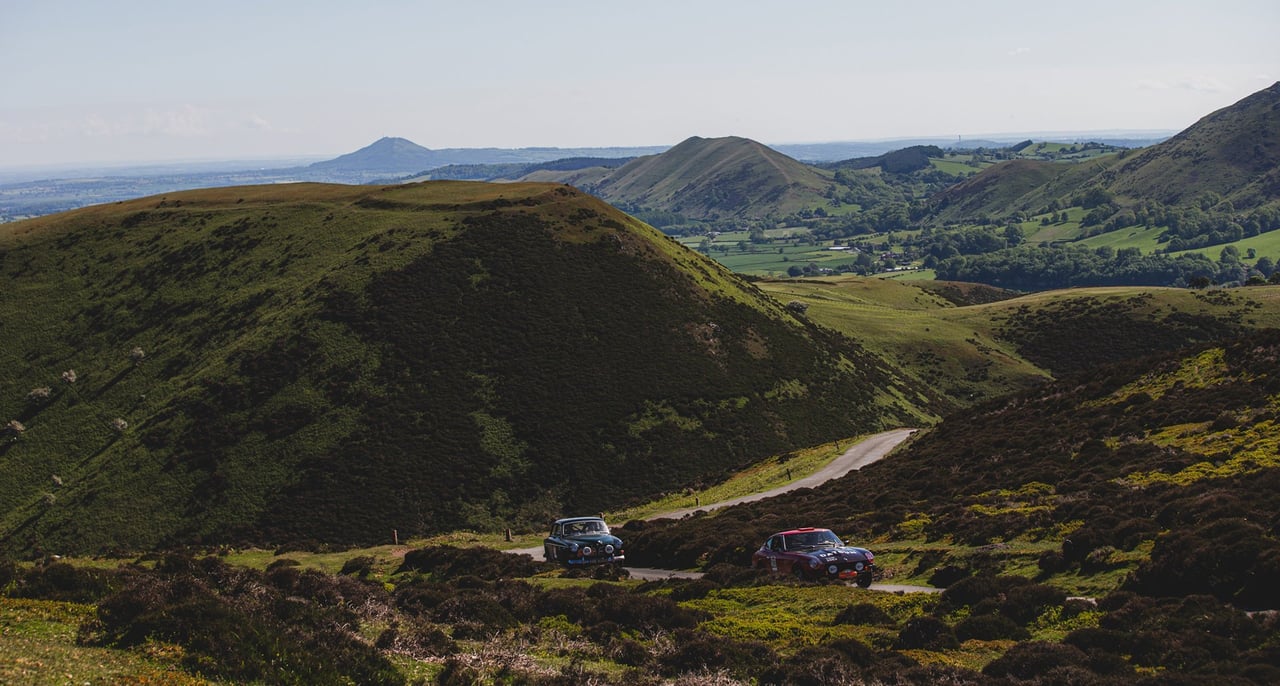
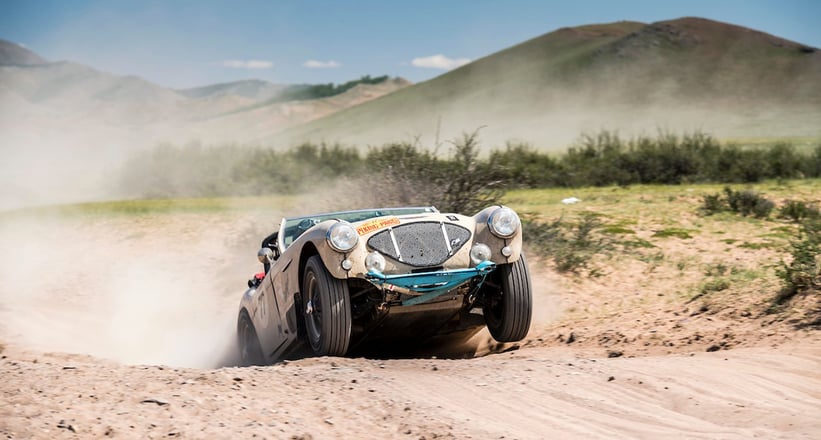
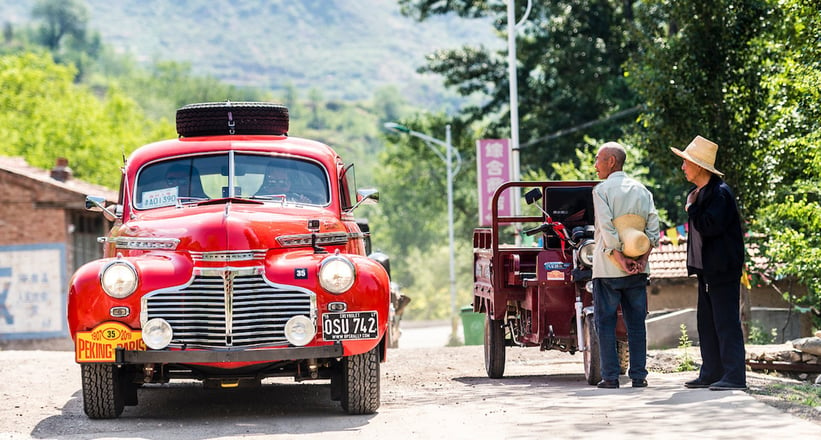
Whoever’s driving that contraption must be fairly crazy...
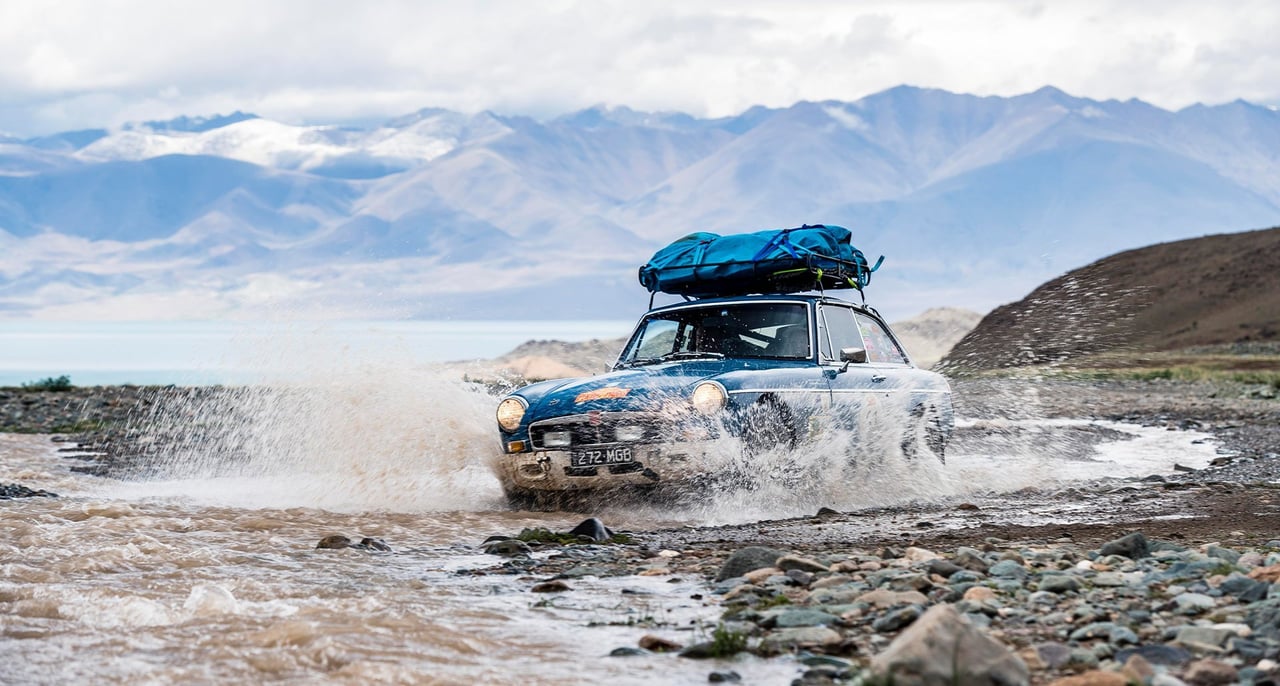
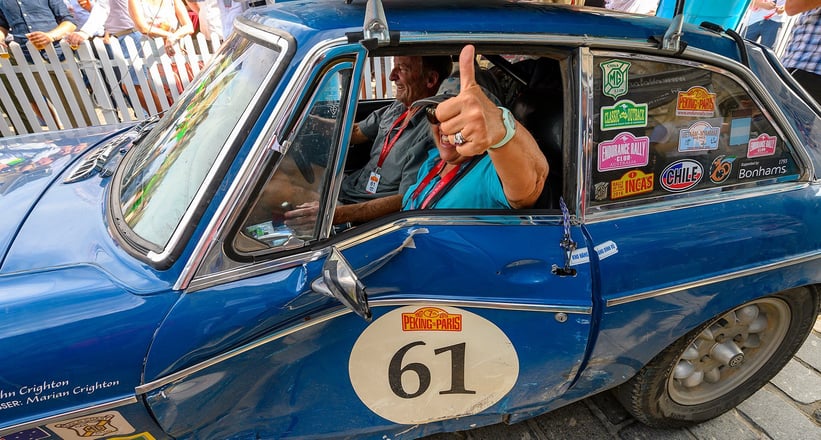
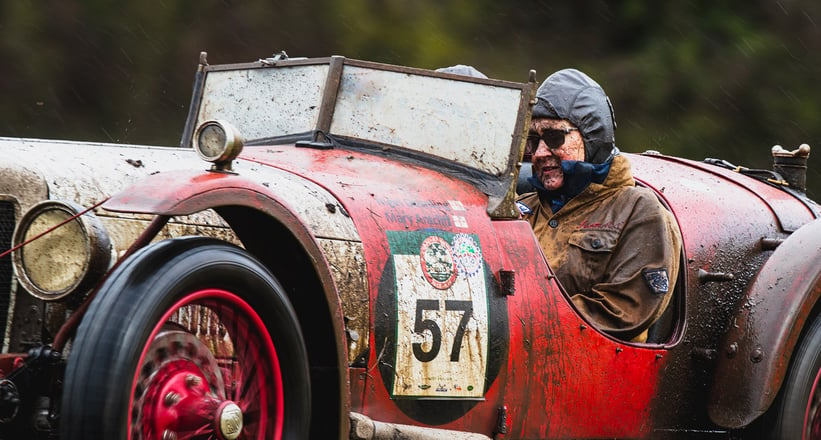
Covering those distances in classic cars isn’t going to be without mechanical issues. You must have one hell of a support team?
“Even on small one-day events we have Mechanical Assistance Crews, nicknamed Sweeps, so-called because they run behind the field and help out. They’re all very experienced mechanics and technicians; many are from specialist garages, so they’re people with tonnes of skill and ingenuity.”

“If they can’t fix it, they’ll find some way of getting the car towed to a town where it’ll be fixed, and even on longer events they trail behind the whole way. Sand is a big issue, as it mixes with oil to form a paste and clogs everything up, but our Sweeps provide a lot of advice on how to avoid issues; weight loads, spring rates, etc. The competitors don’t sleep much, but the mechanical assistance crews never sleep and often work long into the night – they’re the true heroes of these events.”
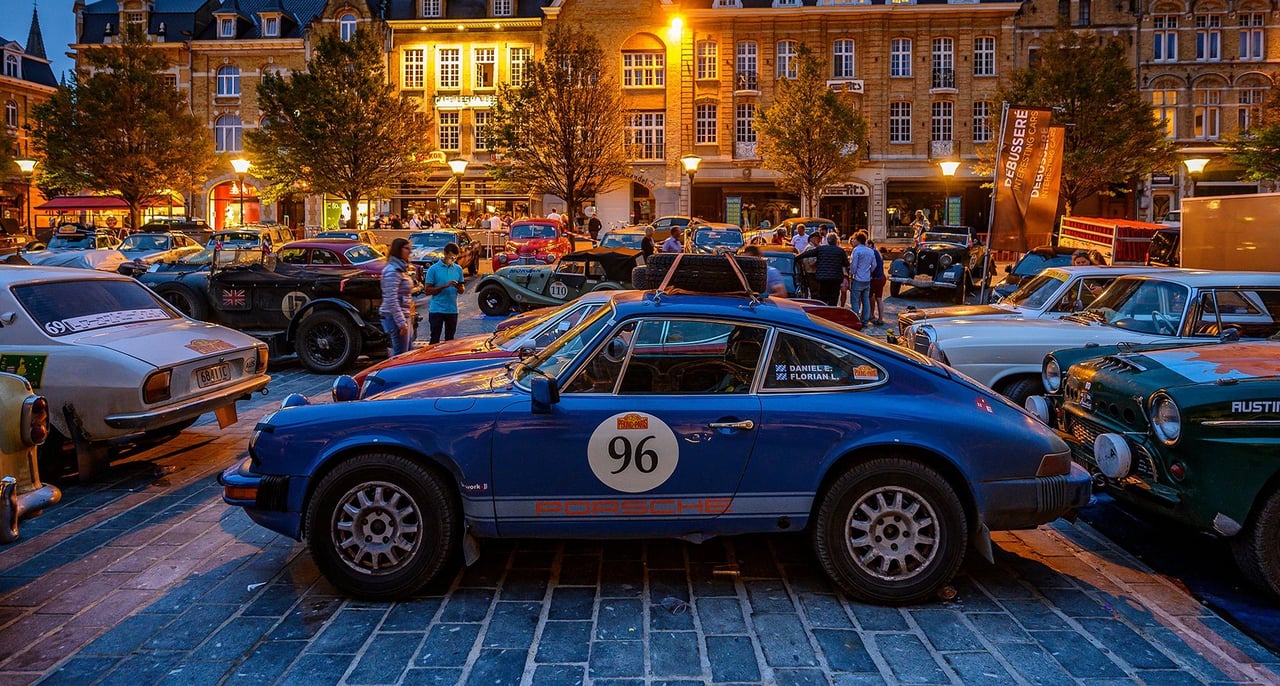
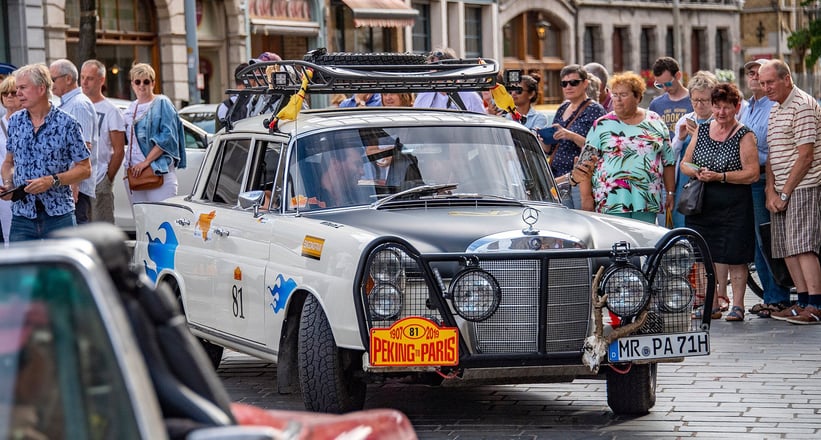
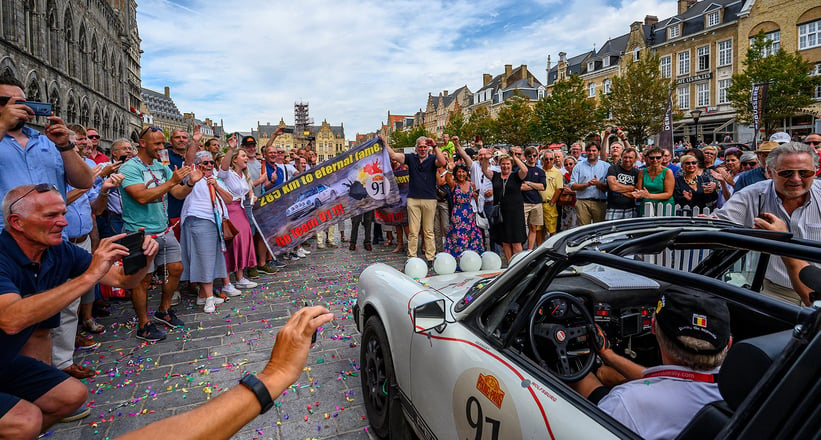
What is the next event on the calendar that people can participate in?
“While we’re at about 90% capacity, we don’t want to give the impression that there’s no space. Even if the event is completely full, we have waiting lists and people do get in, as some people unfortunately have to drop out for different reasons. There’s still space on the HERO Challenges, Sahara Take Two and of course the Scottish Malts, which I highly encourage people to consider. LE JOG and the RAC Rally of the Tests are already three-quarters full, so get on it quickly if you want to take part!”
Photos by: Gerard Brown, Blue Passion, and Will Broadhead © HERO-ERA























